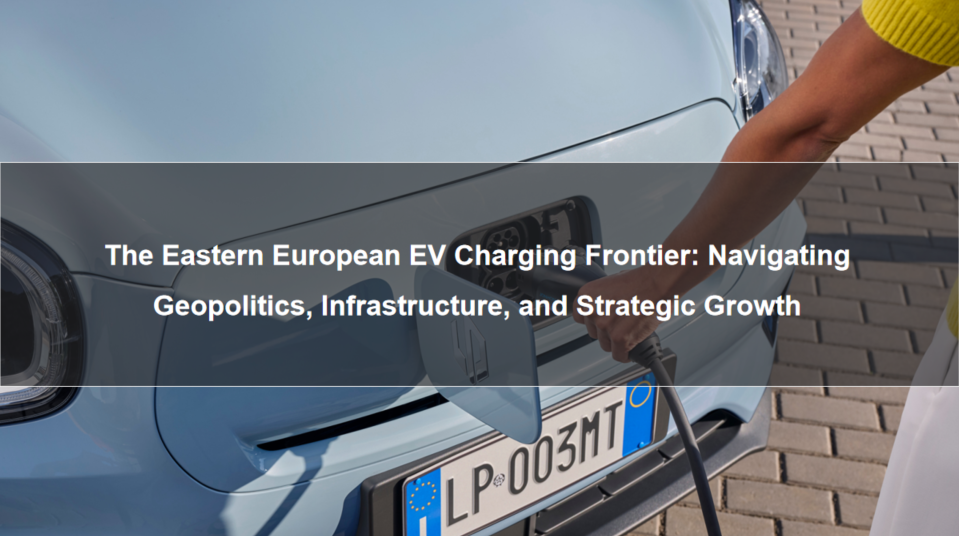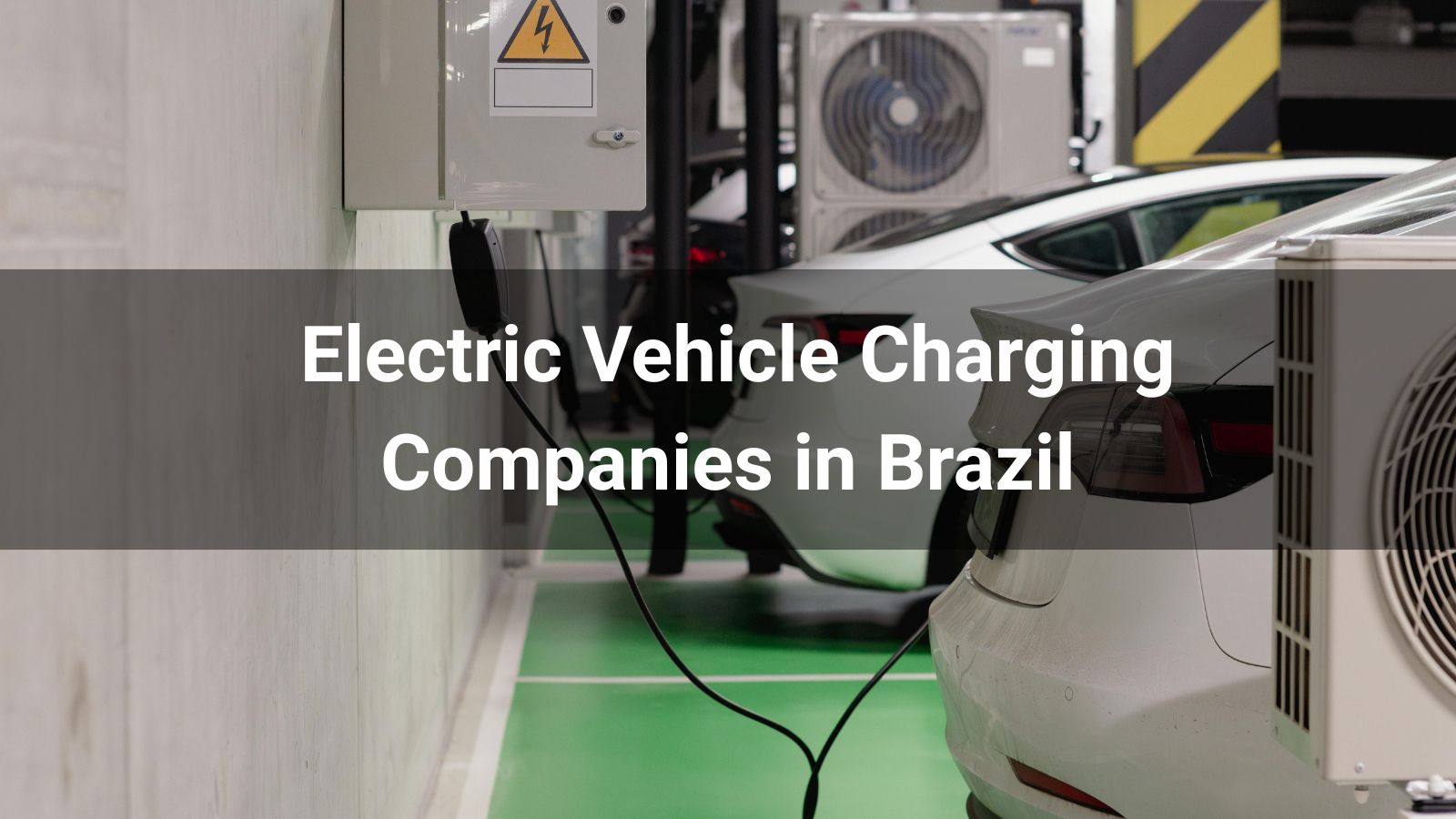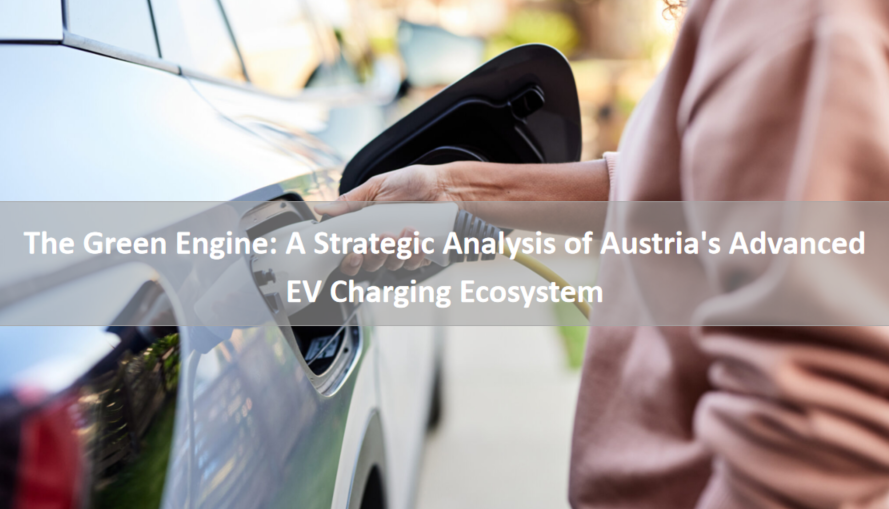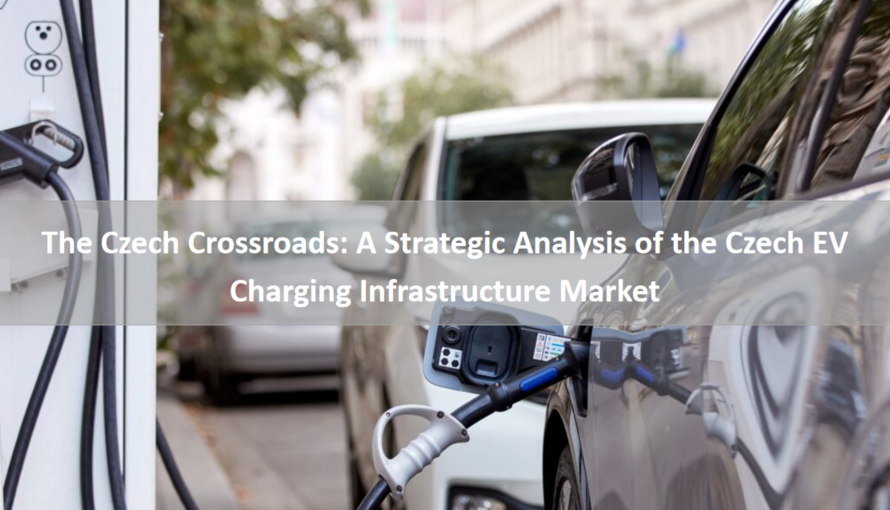
The Eastern European (EE) region—segmented into the Baltic Tigers (Estonia, Latvia, Lithuania), the Western CIS (Belarus, Moldova), and the strategic anchor of Ukraine—represents the next great frontier for electric mobility. However, this is not a monolithic market. It is a complex tapestry of EU-aligned digital pioneers, nascent markets, and nations navigating profound geopolitical shifts. The development of its Electric Vehicle (EV) charging infrastructure is consequently heterogeneous, driven by a combination of aggressive EU policy adoption in the Baltics, energy security imperatives, and unique, high-growth commercial logistics demands. This analysis reveals that the region's charging infrastructure build-out will not follow the Western European model. Instead, it will leapfrog certain stages, moving directly towards a future-proofed, resilient, and commercially-focused network. Success hinges on understanding the critical role of transit corridors, the specific needs of a rapidly electrifying logistics sector, and the absolute necessity for robust, durable hardware capable of withstanding harsh conditions and uncertain grid stability. The next decade presents a strategic window for stakeholders to shape this ecosystem from the ground up, with lessons that are uniquely applicable to other emerging markets globally.
The Eastern European EV narrative is one of stark contrast and divergent paths, primarily split along EU/non-EU lines, yet unified by underlying economic drivers.
Estonia, Latvia, and Lithuania are not just following EU directives; they are aiming to be exemplars. Their strategy is characterized by: •Ambitious Policy Frameworks: Aligning with the EU's Fit for 55 package and AFIR (Alternative Fuels Infrastructure Regulation), the Baltics have set aggressive national targets for EV adoption and charging infrastructure. Estonia, a global digital society, is leveraging its tech prowess to create a seamless, digitally-integrated EV user experience. •High Dependence on Energy Imports: The geopolitical landscape has accelerated the region's push for energy independence. Electrifying transport, coupled with a growing renewable energy base, is a core national security strategy, not merely an environmental one. •Market Maturity: While starting from a low base, the growth rate of EV adoption in the Baltics is among the highest in Europe. A strong culture of automotive innovation, including the presence of companies like Bolt, fosters a receptive environment.
This sub-region presents a different, yet equally compelling, picture. •Ukraine: A Phoenix Market: Prior to 2022, Ukraine showed promising signs of EV growth, particularly with a large influx of used EVs from Europe. The future reconstruction of Ukraine presents a historic opportunity to "build back better," integrating electric mobility and modern charging infrastructure into its national recovery plan. This will be a massive undertaking requiring durable, scalable, and rapidly deployable solutions. •Belarus and Moldova: Early-Stage Development: These markets are in the earliest phases of EV adoption. Growth is currently driven by a small number of early adopters and commercial fleets looking to reduce operational costs. Government policies are less developed, creating a market that is initially driven by pure economic calculus rather than regulatory pressure. Deep Insight: The unifying factor across all of Eastern Europe is the commercial logistics sector. The region is a critical land bridge between Europe and Asia. The electrification of this logistics corridor—spanning from the Baltic ports of Klaipėda and Riga to key border crossings in Belarus and Ukraine—will be the primary, non-regulatory driver of charging demand, overshadowing even private passenger car adoption in its strategic importance.
The demand profile in Eastern Europe is less about urban convenience and more about enabling economic transit and fulfilling operational duties for commercial vehicles.
Unlike Western Europe, where demand is distributed across a dense urban and suburban fabric, Eastern European demand is concentrated along a few key international road and rail corridors. •The Via Baltica (E67): Running from Tallinn to Warsaw, this is the arterial route for Baltic trade. •The Pan-European Transport Corridors: Specifically, Corridor IX (Helsinki to Kyiv) and its branches. •The East-West Logistics Axis: Connecting Russian and Belarusian industrial centers with EU markets via the Baltics and Poland. Demand along these corridors is for High-Power Charging (HPC) (150-350 kW) that can serve long-haul trucks, international bus services, and passenger EVs on cross-border journeys. The business case is built on high-value transit traffic, not local commuting.
The most predictable and concentrated demand will come from the electrification of commercial fleets. •Port and Logistics Hub Electrification: The major Baltic ports are actively preparing for electrified heavy-duty vehicles (HDVs) to service "first and last mile" logistics. This requires depot charging solutions that can operate in high-throughput, 24/7 industrial environments. •Public Transport Transformation: Municipalities in capitals like Tallinn and Riga are under EU pressure to decarbonize public transport. This creates a concentrated demand for e-bus charging infrastructure at depots. These systems require robust software for scheduling and energy management to avoid peak demand charges. Anari Energy's PowerSync Manager is ideally suited for this, allowing fleet operators to dynamically allocate power based on bus schedules, significantly reducing operational expenditure. •Last-Mile Delivery: The rapid growth of e-commerce is driving demand for electric vans and light trucks, which require overnight charging at distribution centers.
A profound insight for this region is that infrastructure must be built for resilience. The electrical grid in many areas, particularly outside major cities and in post-conflict zones, is less robust and stable than in Western Europe. Furthermore, the harsh continental climate with severe winters demands that charging hardware operates reliably in extreme cold. •Solution: Battery-Buffered and Climate-Hardened Systems. The optimal solution for HPC locations in grid-constrained or climatically challenging areas is the deployment of charging stations with integrated battery storage. Anari Energy's StationPower Pack serves a dual purpose: it mitigates the need for expensive grid upgrades by drawing power slowly, and it ensures stable operation during grid fluctuations or outages. Furthermore, our products are engineered with operating temperature ranges that far exceed the regional minima, ensuring uptime when it is needed most.
The physical distribution of charging infrastructure is a direct map of the region's economic and geopolitical realities.
The current charging network is best described as an "archipelago": •Capital City Hubs: Tallinn, Riga, Vilnius, Kyiv, and Minsk contain the vast majority of charging points, catering to local early adopters and municipal fleets. •Sparse Corridor Links: The connections between these hubs are patchy. While the main Baltic corridors are seeing rapid deployment, the networks in Belarus, Moldova, and Ukraine are extremely underdeveloped outside of major urban centers. This creates "charging deserts" that effectively block long-distance EV travel and logistics.
The market is in its formative stage, with a mix of players: •Baltic States: A mix of state-owned utilities (e.g., Ignitis in Lithuania), pan-European CPOs, and local first-mover startups. Competition is heating up, focusing on key highway locations. •Western CIS & Ukraine: The market is dominated by a few local pioneers and, increasingly, international players positioning for the long term. The barrier to entry is high due to infrastructure and geopolitical risks, but the first-mover advantage is significant.
In a region defined by transit, a fragmented payment system is a critical failure point. A driver from Germany needing to charge in Latvia and then transit through Belarus cannot be expected to hold a dozen different RFID cards or apps. The mandate for seamless interoperability via platforms like the Open Charging Point Protocol (OCPP) and roaming hubs is even more critical here than in Western Europe. For distributors and operators, choosing a supplier like Anari Energy, whose hardware is built on open standards and easily integrates into any roaming platform, is not a feature—it is a strategic necessity for future-proofing their investment.
The build-out will occur in three distinct, overlapping phases, heavily influenced by geopolitics and funding.
Phase 1: Strategic Corridor Sealing (2024-2027) •Focus: "Sealing" the primary international corridors (Via Baltica, PE Corridor IX) with reliable HPC hubs every 100-150 km. This phase will be heavily supported by EU funding (Connecting Europe Facility, Cohesion Funds) for the Baltics and, potentially, reconstruction funds for Ukraine. •Action: Public-private partnerships will be essential. The priority is to establish a minimum viable network that enables cross-border EV travel and logistics. •Product Implication: Demand for dependable, all-weather 150-350 kW DC chargers, often coupled with battery storage to manage grid constraints.
Phase 2: Logistics Hub and Urban Node Intensification (2025-2030) •Focus: Densifying the network around key economic engines: ports, logistics centers, and within major cities to support fleets. •Action: Private investment will surge as the business case for fleet electrification becomes undeniable. Port authorities will tender for large-scale charging depots. Cities will procure e-bus charging systems. •Product Implication: High demand for scalable depot charging systems and smart AC charging for corporate fleets. Anari Energy's modular architecture allows a logistics park to start with four dispensers and scale to forty without replacing the core power cabinets, protecting initial CAPEX.
Phase 3: Network Maturation and HDV Megacharging (2028-2033) •Focus: Filling in secondary corridors and deploying the first Megawatt Charging Systems (MCS) for heavy-duty trucks. •Action: The region will begin to adopt technologies proven in Western Europe and North America. MCS pilots will be launched at key logistics hubs and border crossing points to serve international freight. •Product Implication: The market will begin to demand future-proofed hardware that can be upgraded to support MCS and V2G capabilities. Suppliers with a forward-looking R&D roadmap will have a distinct advantage.
Strategic Layout Recommendation The future Eastern European charging map will be a hybrid model: •HPC Oases: Strategically placed at key intervals along transit corridors, often co-located with service stations and retail to maximize dwell-time utility. •Depot Farms: High-density charging at ports (e.g., Klaipėda, Riga), major logistics parks, and municipal bus depots in all primary cities. •Urban Clusters: A denser network of fast (50-100 kW) and AC (22 kW) chargers in city centers and suburbs to support taxi services, car-sharing, and private owners without home charging. •MCS Gateways: Located at major border crossings and industrial zones to service the long-haul electric trucking industry.
The Eastern European charging station market is not for the faint of heart. It is characterized by unique challenges, from geopolitical volatility to infrastructure constraints. However, it offers unparalleled opportunities for strategic, forward-thinking players. The key takeaways are: •Corridors are King: The primary strategic imperative is to enable cross-border trade and transit. Infrastructure investments must prioritize sealing the key international transport corridors. •The Fleet is the Foundation: The most robust and predictable business case lies in serving commercial fleets—from port trucks and e-buses to last-mile delivery vans. Products and business models must be tailored to their operational needs. •Resilience is Non-Negotiable: Hardware and software must be built to withstand harsh climates, grid instability, and the demands of a 24/7 logistics economy. Features like integrated battery storage and extended operating temperature ranges transition from "nice-to-have" to "must-have." •Leapfrogging is Inevitable: Eastern Europe will not meticulously follow the Western European playbook. It has the potential to leapfrog directly to a more strategic, resilient, and commercially-driven network architecture. For installers, operators, and distributors in Eastern Europe, the coming decade is a period of foundational market-building. The choice of technology partner is critical. It requires a provider that offers not just hardware, but resilience, scalability, and strategic vision. Anari Energy's product portfolio and core technology principles—modularity, software intelligence, climate resilience, and open standards—are not merely compatible with the Eastern European reality; they are engineered for it. By partnering with a leader that understands the unique fabric of this frontier market, stakeholders can build not just charging points, but the very backbone of Eastern Europe's electric future.







